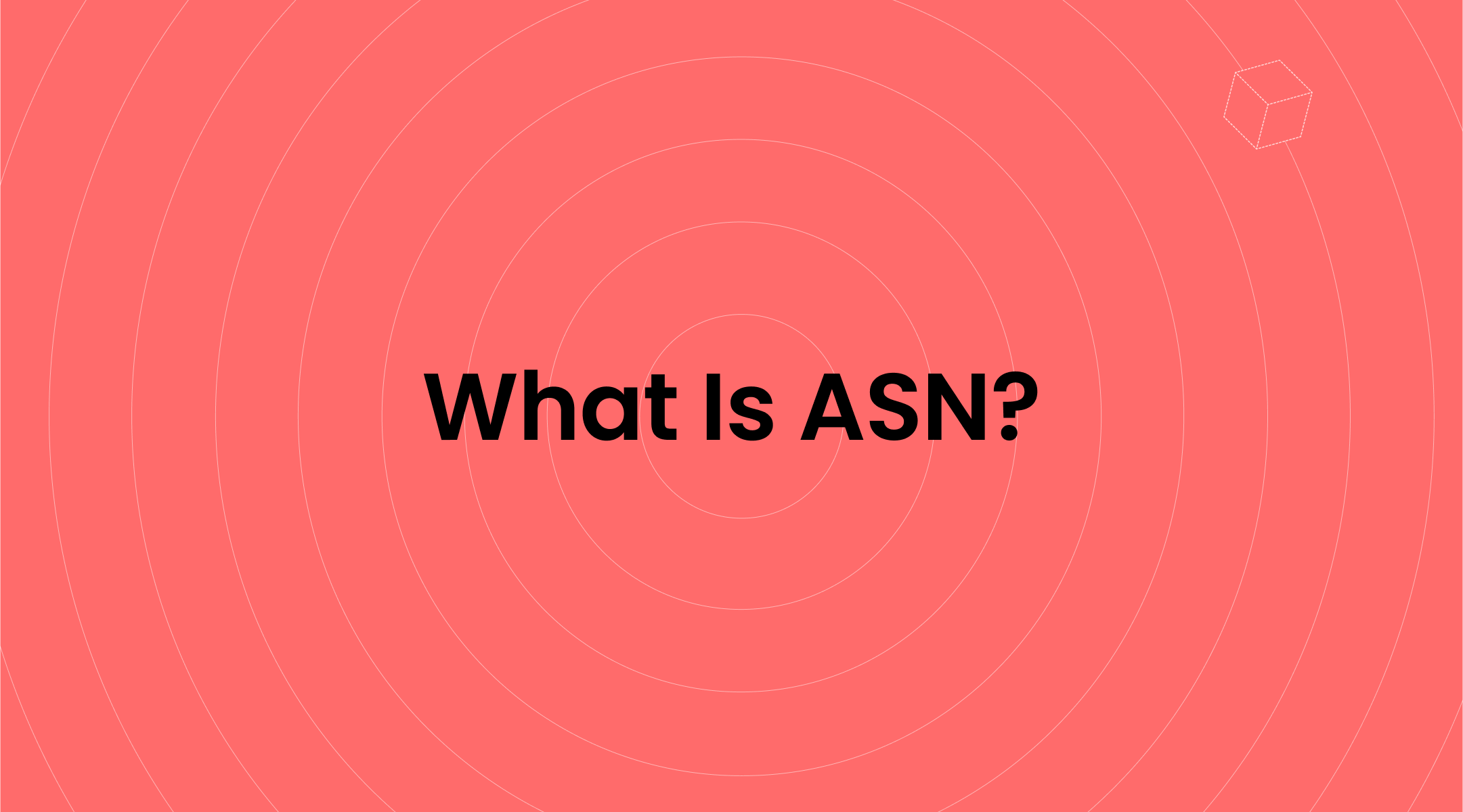What is ASN? The Importance of Advance Shipment Notices in Logistics

Ever wonder how warehouses or mailrooms in building complexes prepare for thousands of incoming packages? The secret isn't guesswork. It's the Advance Shipment Notice (ASN). An ASN is a powerful electronic document that tells a receiver exactly what's coming before it arrives. It's the digital intelligence that transforms a chaotic receiving dock into a hyper-efficient, cost-cutting, parcel management system.
What is the Purpose of an ASN?
An ASN is a digital manifest of goods en route. Its core purpose is to give the receiving party a heads-up, detailing exactly what's coming, how it's packaged, and when it's expected. This advance warning allows businesses to prepare for incoming shipments, allocate resources effectively, and minimize delays in the receiving process.

What Components Are in an ASN?
While ASNs can vary in complexity, common elements include:
- Shipment Identification: Unique ASN number, purchase order number, carrier information, and tracking numbers.
- Shipper and Receiver Information: Names, addresses, and contact details of both parties.
- Item Details: Product descriptions, SKUs (Stock Keeping Units), quantities, lot numbers, and serial numbers.
- Packaging Information: Details about how items are packed (e.g., number of cartons, pallets, container types), dimensions, and weights.
- Shipping Information: Estimated time of arrival (ETA), shipping date, and mode of transport.
- Hazardous Material Information: Any relevant data for dangerous goods.
How Does an Advance Shipment Notice (ASN) Work in Logistics?

The ASN process unfolds as follows:
- Order Placement: A buyer places an order with a supplier.
- Shipment Preparation: The supplier picks, packs, and prepares the goods for shipment.
- ASN Creation: As the shipment is dispatched, the supplier generates an ASN. This often happens automatically through an Enterprise Resource Planning (ERP) or Warehouse Management System (WMS).
- ASN Transmission: The ASN is electronically transmitted to the buyer, usually via Electronic Data Interchange (EDI) or an API.
- Receiver Preparation: Upon receiving the ASN, the buyer's system processes the information. This allows them to:
- Schedule dock appointments.
- Allocate warehouse space.
- Pre-print receiving labels.
- Prepare staffing for unloading and put-away.
- Shipment Arrival & Reconciliation: When the physical shipment arrives, it's compared against the ASN. This allows for quick verification of contents, identification of discrepancies, and efficient receiving.
What Are the Benefits of Advance Shipment Notices?

ASN offers the following benefits for seamless mailroom management of the receiving party:
- Accelerated Receiving: With prior knowledge of incoming goods, warehouses can significantly reduce the time spent on unloading, counting, and inspecting shipments.
- Improved Inventory Accuracy: ASNs allow for pre-population of inventory records, leading to more accurate stock counts upon arrival. This reduces manual data entry errors.
- Enhanced Warehouse Efficiency: Knowing what's coming enables optimized space utilization, better allocation of labor, and smoother workflow within the warehouse.
- Reduced Labor Costs: Less time spent on manual receiving processes translates to lower operational expenses.
- Proactive Discrepancy Resolution: Any discrepancies between the ASN and the physical shipment can be identified and addressed more quickly, preventing stock-outs or overstock situations.
- Better Demand Planning: Accurate, real-time data from ASNs contributes to more precise forecasting and inventory planning.
- Increased Supply Chain Visibility: ASNs provide a critical data point in the supply chain, offering clear visibility into inbound shipments.
- Improved Supplier Relationships: By streamlining the receiving process, ASNs contribute to more efficient and collaborative relationships with suppliers.
What Are Common Applications of ASNs?
ASNs are widely used across various industries, including:
- Retail: Large retailers rely on ASNs to manage vast quantities of incoming merchandise from numerous suppliers.
- Automotive: In just-in-time (JIT) manufacturing, ASNs are crucial for ensuring components arrive precisely when needed.
- Manufacturing: Manufacturers use ASNs to track raw materials and sub-assemblies from suppliers.
- E-commerce: Online retailers utilize ASNs to manage incoming inventory for their fulfillment centers.

Why is ASN Important?
The Advance Shipment Notice (ASN) is a foundation of modern logistics. In providing detailed, advanced information about incoming shipments, ASNs enhance efficiency, reduce costs, improve inventory accuracy, and bolster overall supply chain visibility. To learn more about modern internal logistics and smooth mailroom management, visit Parcel Tracker today!






